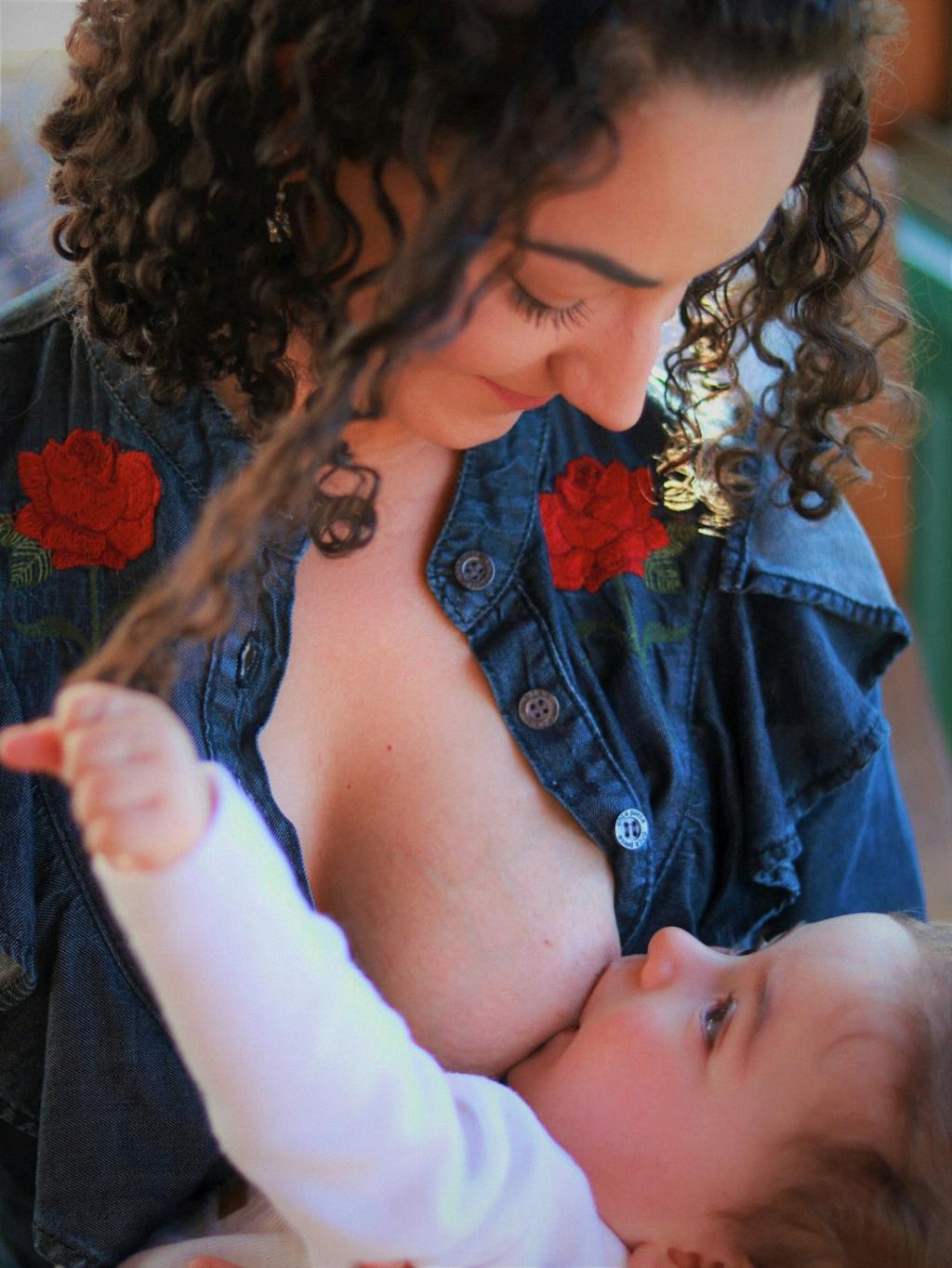When it comes to breastfeeding, experiencing changes in your breasts is not uncommon. One question that often arises is, “What are the spots on my breasts while breastfeeding?” These spots can be concerning for many mothers, but it’s essential to have a comprehensive understanding of what they could be.
Milk Blisters (Blebs)
One common cause of spots on the breasts while breastfeeding are milk blisters, also known as blebs. These blisters appear as painful white dots on the nipple or areola. The formation of milk blisters is often linked to inflammation or mastitis in the breast. Inflammatory cells from the ducts can travel to the surface, causing these painful spots to develop.
Engorgement and Blocked Ducts
Another reason you may notice spots on your breasts while breastfeeding is due to engorgement and blocked ducts. When milk becomes trapped in the ducts, it can lead to small lumps or spots on the breast. Engorgement, which occurs when the breasts are overly full of milk, can exacerbate this issue.
Thrush Infections
Thrush infections, caused by a fungal overgrowth, can also result in spots on the breasts during breastfeeding. These infections can present as raised white patches or spots on the nipples or areolas. Thrush infections can be uncomfortable and may require treatment to resolve.
Montgomery Glands
Montgomery glands, which are oil-producing glands on the nipples, can sometimes cause small white spots on the areola. These spots are typically not a cause for concern and are a natural part of the breast anatomy. Montgomery glands play a role in lubricating the nipples during breastfeeding.
Blocked Milk Ducts
Blocked milk ducts are another common issue faced by breastfeeding mothers that can lead to spots on the breasts. When milk flow is obstructed within the ducts, it can result in the formation of small lumps or spots. Clearing blocked ducts through techniques like massage and warm compresses can help alleviate this issue.
Seeking Professional Guidance
If you notice persistent or concerning spots on your breasts while breastfeeding, it’s advisable to seek guidance from a healthcare provider or lactation consultant. They can assess the situation and provide recommendations for addressing the underlying cause of the spots. Prompt attention to any breastfeeding-related concerns is crucial for both maternal and infant well-being.
Implementing Self-Care Measures
In addition to seeking professional guidance, implementing self-care measures can help manage and prevent spots on the breasts while breastfeeding. Maintaining proper breast hygiene, using proper breastfeeding techniques, and ensuring adequate breast support can all contribute to breast health during this critical period.
Stay Hydrated and Nourished
Staying hydrated and nourished is essential for overall breast health while breastfeeding. Adequate hydration supports milk production and can help prevent issues like engorgement and blocked ducts. Eating a balanced diet rich in nutrients can also positively impact your breast health during this time.
Addressing Underlying Issues
It’s vital to address any underlying issues that may be contributing to the development of spots on your breasts while breastfeeding. Whether it’s adjusting breastfeeding techniques, addressing latch issues, or managing engorgement, identifying and resolving these issues can promote a more comfortable and successful breastfeeding experience.
Conclusion
Spotting changes on your breasts while breastfeeding can be concerning, but understanding the potential causes and taking appropriate steps can help alleviate any worries. By staying informed, seeking professional guidance when needed, and prioritizing self-care, you can navigate the challenges that may arise during your breastfeeding journey with confidence and ease.

